Nutrition and natural products can play a role in relieving pain, particularly for certain types of pain and underlying conditions. It’s important to note that while these approaches may offer relief, they are not a substitute for medical evaluation and treatment when necessary.
Always consult with a healthcare professional before starting any new dietary or supplement regimen.
Here are some nutrition and natural products that are commonly used to help relieve pain:
- Turmeric and Curcumin: Curcumin, a compound found in turmeric, has anti-inflammatory properties and is often used to alleviate pain associated with conditions like osteoarthritis and rheumatoid arthritis. It can be taken as a supplement or incorporated into the diet.
- Ginger: Ginger has anti-inflammatory and analgesic (pain-relieving) properties and is known to help with various types of pain, including menstrual cramps and muscle soreness. It can be consumed as ginger tea, added to dishes, or taken in supplement form.
- Omega-3 Fatty Acids: Omega-3 fatty acids, found in fish oil and certain plants like flaxseed and chia seeds, have anti-inflammatory effects and may help reduce pain and stiffness in conditions like rheumatoid arthritis.
- Capsaicin: Capsaicin, the active compound in chili peppers, is often used topically in creams or patches to relieve pain associated with conditions like neuropathy and osteoarthritis.
- Magnesium: Magnesium supplements or magnesium-rich foods (e.g., leafy greens, nuts, and seeds) may help reduce muscle cramps and tension, making them useful for muscle pain and headaches.
- Boswellia: Boswellia serrata extract, also known as Indian frankincense, is believed to have anti-inflammatory properties and is used to alleviate joint pain and arthritis symptoms.
- Willow Bark: Willow bark contains salicin, a natural compound similar to aspirin. It has been used for centuries to reduce pain and inflammation, especially for headaches and minor aches.
- Devil’s Claw: Devil’s claw is an herbal remedy that has been used for joint pain and osteoarthritis. It may help reduce inflammation and improve mobility.
- Arnica: Arnica is a homeopathic remedy used topically in creams or gels to relieve muscle and joint pain, as well as bruising and swelling.
- CBD (Cannabidiol): CBD is a non-psychoactive compound found in cannabis and hemp plants. It has gained popularity for its potential to reduce pain and inflammation in conditions such as chronic pain, neuropathy, and arthritis. CBD products are available in various forms, including oils, creams, and capsules.
- Peppermint Oil: Peppermint oil applied topically or inhaled through aromatherapy may help alleviate tension headaches and migraines.
- Lavender Oil: Lavender oil is used in aromatherapy to promote relaxation and may help with headaches, migraines, and muscle tension.
- Valerian Root: Valerian root is known for its calming effects and is used to alleviate pain related to muscle tension and anxiety.
- Gamma-linolenic acid (GLA) is an unsaturated fatty acid derived from plant seed oils, such as evening primrose and borage seed oils. A number of studies have suggested that it reduces inflammation and produces improvement in patients with rheumatoid arthritis. Improvements include decreases in the duration of morning stiffness, joint pain and swelling, and the ability to reduce other medication usage (Rothman, 1995; Zurier, 1996; Leventhal, 1993). In addition GLA’s may be useful in the preventive approach to migraine headaches by reducing the severity, frequency and duration of migraine attacks (Wagner, 1997). Since GLA is an omega-6 fatty acid, it is optimally taken with a balance of omega-3s.
- 5-hydroxytrytophan is the precursor to tryptophan, which is converted to serotonin, a neurotransmitter that plays a role in pain and inflammation. Increasing tyrptophan levels in the body may help to reduce chronic pain and reduce episodes of migraine headaches in those who are predisposed to migraines (Nicolodi, 1999). Tryptophan is no longer available as a dietary supplement due to a history of contamination. However, foods that contain high levels of tryptophan include salmon, tuna, garbanzo beans, cashew nuts, sunflower seeds, turkey, yogurt, bananas and dairy products.
- Vitamin deficiencies are associated with a variety of diseases, some of which (like neuropathy) may be painful. The recommended daily allowances of vitamins are calculated to prevent deficiency, and a vitamin supplement should be taken if the ability of the diet to provide these substances is in question.
- Minerals also may have therapeutic uses. Zinc and copper may help in wound healing and reduce pain and inflammation (Honkanen, 1991, Lansdown, 1996). Magnesium is analgesic for neuropathic pain in animal studies (Begon, 2002) and has shown clinical benefit in the treatment of migraine, cluster and tension headaches (Peikert, 1996; Mauskop, 1996; Demirkaya, 2001). It is unclear whether magnesium can reduce pain related to surgery (Hoinig, 1998; Ko, 2001). Magnesium’s mechanism of action in pain management may be partly due to NMDA blockade (Begon, 2002).
- Enzymes are substances that influence chemical reactions. Bromelain, a complex enzyme of pineapple, is commonly used in Europe as an anti-inflammatory compound for many forms of musculoskeletal injury, arthritis, cramps, post-surgery and post-traumatic swelling. It has been shown to be beneficial in reducing swelling, inflammation and pain by blocking the creation of proinflammatory compounds like prostaglandins, decreasing the production of kinins, and inhibiting fibrin production (Tasman, 1964). Although it is generally well tolerated, it can aggravate ulcers or esophagitis, and can interact with blood thinners (Meletis, 2000).
- Glucosamine sulfate and chondroitin sulfate may favorably influence cartilage and have been studied as treatments for arthritis. Although some studies have had negative results, others suggest significant benefit from both these agents (McAlindon, 2000). Glucosamine sulfate has been shown to reduce symptoms of osteoarthritis (Reginster, 2001; Muller-Fassbender, 1994) and temporomandibular joint pain (Thie, 2001). The onset of improvement may take from one to three months; side effects are mild (Fillmore, 1999). Chondroitin sulfate was shown to be significantly superior to placebo in reducing pain in osteoarthritic joints, producing at least 50% improvement compared to placebo (Leeb, 2000). Further studies are needed to clarify its role in the treatment of arthritis and other pain conditions.
- Proanthocyanidins – Proanthocyanidins (tannins) belong to a group of chemical compounds called “flavonoids”, which provide a variety of beneficial functions for humans (e.g., their well-known antioxidant and anti-inflammatory affect).
- Proanthocyanidins – Proanthocyanidins (tannins) belong to a group of chemical compounds called “flavonoids”, which provide a variety of beneficial functions for humans (e.g., their well-known antioxidant and anti-inflammatory affect).
- Melatonin – Melatonin is a naturally occurring hormone that is synthesized by the pineal gland and regulated by the environmental light/dark cycle (Kaur 2011).
- Methylsulfonylmethane – Methylsulfonylmethane (MSM) is an organic sulfur-containing compound (Debbi 2011) found in a variety of fruits, vegetables, grains, and meats. Among its many beneficial functions, MSM has been shown to display anti-inflammatory and antioxidant properties (AMR 2003).
- Korean angelica – Decursinol is a medicinal compound found in the roots of the Korean flower called Angelica gigasNakai (Korean angelica) (Song 2011).
- DL-Phenylalanine – While L-phenylalanine is a naturally occurring amino acid that is a precursor to dopamine and related neurotransmitters (Fernstrom 2007), D-phenylalanine appears to slow metabolic breakdown of endogenous opioids (Kitade 1990)
It’s essential to remember that individual responses to these natural remedies can vary, and not all products are effective for everyone. Additionally, some natural products may interact with medications or have contraindications for certain medical conditions, so it’s crucial to consult with a healthcare provider before using them, especially if you have underlying health issues or are taking other medications.
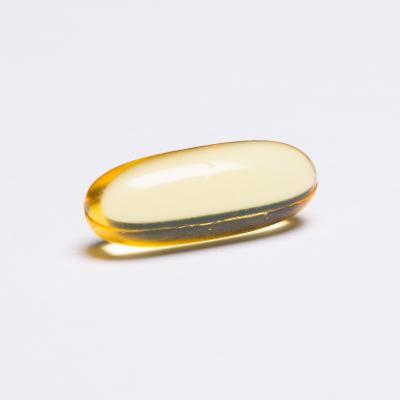
Omega-3 Fatty Acids Can Relieve Pain
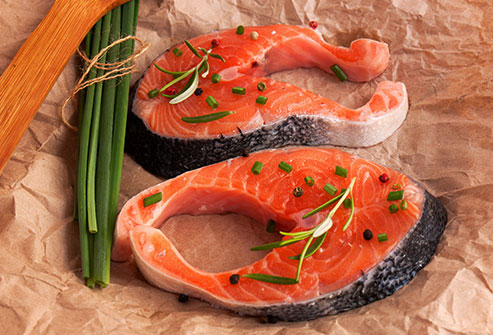
Fatty acids are essential nutrients derived from dietary intake of fats. They are an important source of energy for the body, and serve a variety of other biologic functions.
Greater dietary intake of omega-3 polyunsaturated fatty acids (PUFAs) has been linked to a reduction in both inflammatory and neuropathic pain, and has been shown to be beneficial for decreasing pain associated with rheumatoid arthritis, dysmenorrhea (pain during menstruation), inflammatory bowl disease, and neuropathy (Tokuyama 2011). Conversely, excessive levels of omega-6 PUFAs, such as arachidonic acid, are associated with inflammatory activities, an effect that can be offset by the simultaneous consumption of omega-3 PUFAs (Surette 2008).
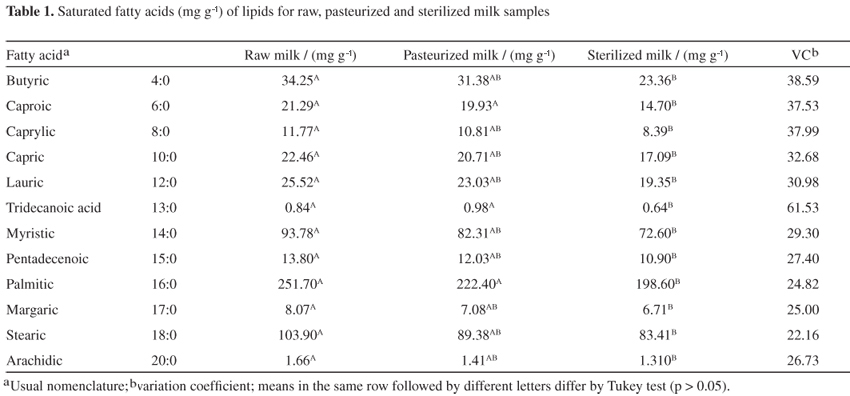
Omega-6 Fatty Acid Can Relieve Pain
Gamma linolenic acid (GLA) is a plant-derived omega-6 most abundant in seeds of an Eastern flower known as borage. Although a member of the omega-6 family, it is metabolized differently than other omega-6s.
GLA plays an important role in modulating inflammation throughout the body, especially when incorporated into the membranes of immune system cells (Johnson 1997; Ziboh 2004). Early in 2010, a team of Taiwanese researchers discovered that GLA regulates the inflammatory “master molecule” nuclear factor-kappaB or Nf-kB, preventing it from switching on genes for inflammatory cytokines in cell nuclei (Chang 2010).
Pain Medications, Pain Relief, and Pain Management
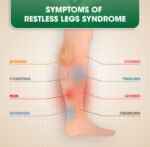





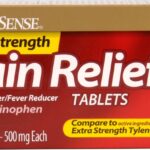


baking soda. 1 teaspoon 2 or 3 x a day for 2 days then 3 days off then repeat. Wrks 4 me.
IF sodium sensitive, cut back food salt, good trade for some relief. Some swear by it. NOT baking powder!